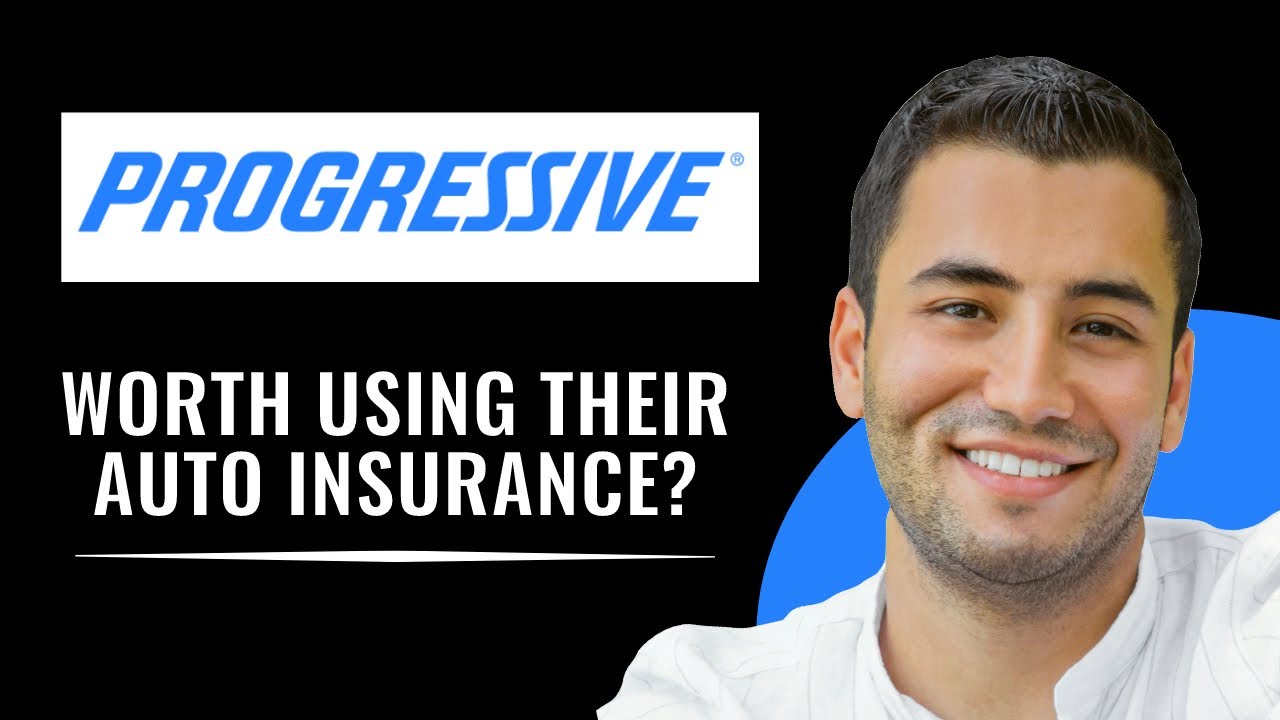In 2025, choosing the right car insurance provider can be a confusing task with rising premiums, evolving technologies, and changing customer service expectations. If you’ve been considering Progressive, you’re not alone—it’s one of the most popular car insurance companies in the U.S. The big question is: Is Progressive car insurance actually good in 2025? We’ve done the research and compiled everything you need to know in this honest, easy-to-understand review, including real pricing averages, customer experiences, and how Progressive compares to other providers.
Pros and Cons of Progressive in 2025
The short answer? Yes, Progressive is a good option for many drivers in 2025. It’s particularly appealing for people who want budget-friendly plans, flexible digital tools, and customizable coverage. However, it’s not perfect—some customers still report frustration with the claims process. Like any insurer, Progressive has strengths and weaknesses you’ll want to weigh carefully.
On the plus side, Progressive continues to offer very competitive pricing for many types of drivers, especially those with clean driving records. Their digital tools, like the mobile app and the Name Your Price® tool, make policy management and shopping a breeze. Additionally, their Snapshot® program uses telematics to reward safe driving habits, which can lead to significant discounts. On the downside, Progressive has received mixed reviews when it comes to its claims process. While many find it smooth and fast—especially through the mobile app—others say claims can be delayed or feel underpaid. Drivers with high-risk profiles (like recent accidents or DUIs) may also see higher premiums compared to other insurers.
Progressive Pricing Breakdown: What You Can Expect to Pay
When it comes to pricing, Progressive remains relatively affordable in 2025. On average, a good driver with full coverage can expect to pay around $1,480 annually. Drivers with an at-fault accident might see rates closer to $2,110, while young drivers (ages 18–24) typically pay over $2,800 per year. If you’re just meeting state minimum requirements, Progressive’s pricing is more affordable, averaging around $780 annually. These numbers vary by location, vehicle type, credit score, and your personal driving history, so it’s always best to get a personalized quote. Progressive’s Snapshot® program is also worth considering if you’re a careful driver—it tracks your driving for a few months and could reward you with up to a 30% discount (though risky driving could also raise your rate).
Coverage Options: More Than Just the Basics
In terms of what Progressive offers, you’ll find all the standard auto insurance coverage options like liability, collision, and comprehensive. But it doesn’t stop there. The company also provides uninsured/underinsured motorist protection, medical payments, personal injury protection (PIP in select states), loan/lease payoff coverage (often called gap insurance), and even rideshare coverage for Uber and Lyft drivers. If you’ve made custom upgrades to your car, you can also get coverage for aftermarket parts and equipment.
Progressive’s Digital Experience: Mobile-First and Easy to Use
Tech-savvy drivers will appreciate that Progressive continues to be a leader in digital insurance services. Their mobile app is among the best in the industry, offering digital ID cards, the ability to file and track claims, manage policies, and request roadside assistance. Their Name Your Price® tool is particularly helpful if you’re budget-conscious—it allows you to build a policy based on what you can afford, adjusting coverage levels accordingly.
What About the Claims Process?
Customer experiences with Progressive’s claims process in 2025 are still a bit of a mixed bag. Some drivers praise the quick response times and ease of filing through the app, especially for smaller accidents using AI-powered photo claims. However, others complain about slow claims resolution or difficulties reaching their adjuster. It’s not necessarily a dealbreaker, but it’s worth keeping in mind if fast claims handling is your top priority.
Discounts and Bundling: Is It Worth It?
Discounts and savings opportunities are another reason Progressive stands out. You can qualify for multiple discounts—such as bundling auto with renters or homeowners insurance, having multiple cars, maintaining a clean driving record, paying in full, going paperless, being a good student, and more. That said, it’s important to compare bundling offers across companies—Progressive doesn’t always offer the biggest savings on multi-policy packages, especially for homeowners.
Who Should Choose Progressive in 2025?
So who is Progressive best suited for in 2025? If you’re comfortable managing your insurance digitally and have a clean driving record, Progressive could be a great choice. It’s also ideal if you’re looking for flexible policy options and want to try usage-based savings through programs like Snapshot®. However, if you prefer working with a dedicated agent or want premium customer service, other insurers might be a better fit.
Final Thoughts: Is Progressive Right for You?
Ultimately, Progressive should absolutely be on your quote list this year. While it may not be the cheapest option for everyone, its pricing is competitive, its coverage is comprehensive, and its digital tools make it easy to manage your policy on the go. It’s a modern, accessible insurer that works well for many—but not all—drivers.
Expert Tip: How to Save More on Your Car Insurance
If you’re trying to save even more in 2025, make sure to compare quotes from at least three companies, carefully evaluate whether you’re a good fit for telematics programs, and don’t assume bundling always saves you the most money. With just a bit of extra effort, you can land the right coverage at the right price.
Disclaimer: This article is intended for informational purposes only and does not constitute professional insurance advice. Pricing, coverage availability, and features can vary by state and individual circumstances. Always consult directly with Progressive or a licensed insurance agent to receive an accurate, personalized quote. The author is not affiliated with Progressive.
